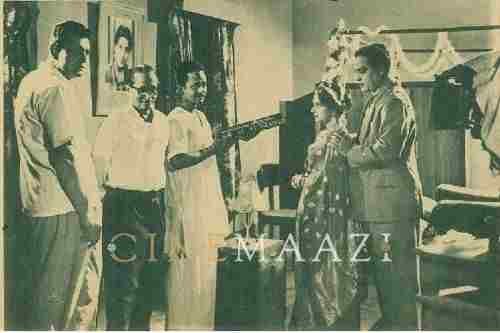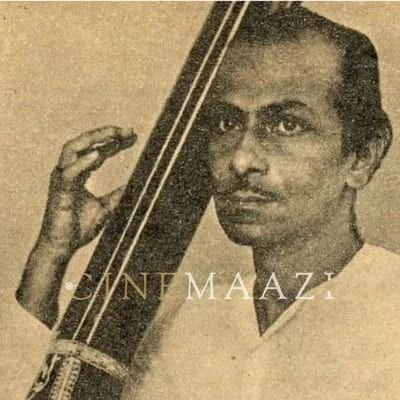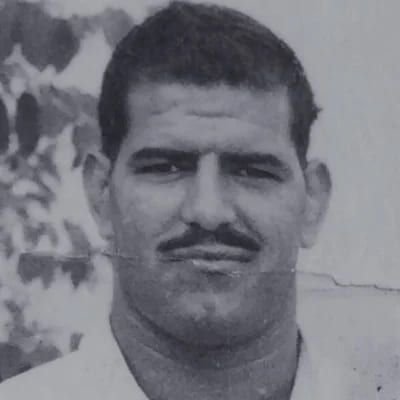Kamlabai Gokhale
Subscribe to read full article
This section is for paid subscribers only. Our subscription is only $37/- for one full year.
You get unlimited access to all paid section and features on the website with this subscription.
Not ready for a full subscription?
You can access this article for $2 , and have it saved to your account for one year.
- Born: 1900
- Died: 17 May 1997
- Primary Cinema: Hindi
- Parents: Durgabai Kamat , Anand Nanoskar
- Spouse: Raghunathrao Gokhale
- Children: Chandrakant Gokhale , Lalji Gokhale, Suryakant Gokhale
- Grand Children: Vikram Gokhale
In the early days of cinema in India, the practice of men performing women’s roles carried over from the medium of theatre to cinema. Imposed due to patriarchal restrictions on women being involved with the performing arts, the norm was broken with the second feature film in India, in which Kamlabai Kamat appeared.
Kamlabai Kamat was born in 1900 to Durgabai Kamat and Anand Nanoskar, a professor at the J.J. School of Arts. Her parents separated in 1903. In later interviews, Kamlabai blamed her father’s abusive behaviour for the split. When her mother decided to take up employment at a travelling theatre company, the four-year old Kamlabai started acting on stage. Due to this unconventional decision, the two were ostracised by the Brahmin community. Kamlabai was home-schooled by her mother.
In a short time, Kamlabai became known for being a committed and diligent actress on the Marathi stage. Dadasaheb Phalke was looking for an actress for his second feature film Mohini Bhasmasur (1914) after having completed the first Indian feature film, Raja Harishchandra, in the previous year. He cast Kamlabai in the titular role for the mythological. He also cast her mother Durgabai as Parvati. Based on the mythological tale of Mohini and Bhasmasura, all copies of the film have unfortunately perished. Kamlabai and her mother’s brave decision to risk social censure and appear on screen was however responsible for a landmark moment in the history of Indian cinema: they became the first female actresses to appear onscreen in India. The film brought Kamlabai immense fame and she consequently returned to Marathi theatre.
Ironically, Kamlabai often essayed male roles on stage. It was not an altogether pleasant experience. She had to struggle against social prejudice at every step, at times even facing violence. It speaks volumes of Kamlabai’s passion and dedication that she remained committed to her career despite numerous hardships.
Kamlabai married an actor named Raghunathrao Gokhale who used to play female roles in the Kirloskar Natak Company. The two of them became a leading pair in plays and achieved great success. Kamlabai herself worked in significant plays like Dharmasinhasan, Janta Janardhan and Manapman. She worked with Veer Savarkar in the play Ushaap in 1930. She also worked for theatre companies like Manohar Street Sangeet Natak Mandal and Natya Kala Prasarak. She was widowed at the age of 25 with her three children – Chandrakant, Lalji and Suryakant. The advent of sound cinema dealt a severe blow to the fortunes of drama companies and Kamlabai had to resort to singing kirtans for a while. Her son Chandrakant Gokhale went on to become an esteemed actor of Marathi theatre and film.
Details about her film career post Mohini Bhismasur are sketchy. There are reports that she continued to work in films like Prabhu Ka Pyara (1936), Chabukwali (1938), Stunt King (1944), Aladdin and The Wonderful Lamp (1952), up till Gehrayee (1980). But these details cannot be conclusively confirmed. She was the subject of an influential documentary by Reena Mohan in 1992. The First Lady of Indian cinema passed away on 17 May 1997. Her courage and determination were invaluable in paving the way for the actresses who followed in her footsteps in later years.
References
http://www.marathisanmaan.com/biographies/great-marathas/historical-heroes/kamlabai-gokhale
https://medium.com/@Bollywoodirect/kamlabai-gokhale-was-the-first-actress-of-indian-cinema-along-with-her-mother-durgabai-kamat-d0f761bae885
https://scroll.in/reel/933474/classic-documentary-kamlabai-is-a-beguiling-portrait-of-one-of-indias-first-film-actresses
Dwyer, Rachel. Filming the Gods: Religion and Indian Cinema, Routledge, 2006.
https://www.indiatoday.in/magazine/indiascope/story/19980105-kamlabai-gokhale-752162-1998-01-05
http://www.indiaprofile.com/people/kamlabaigokhale.htm







.jpg)




